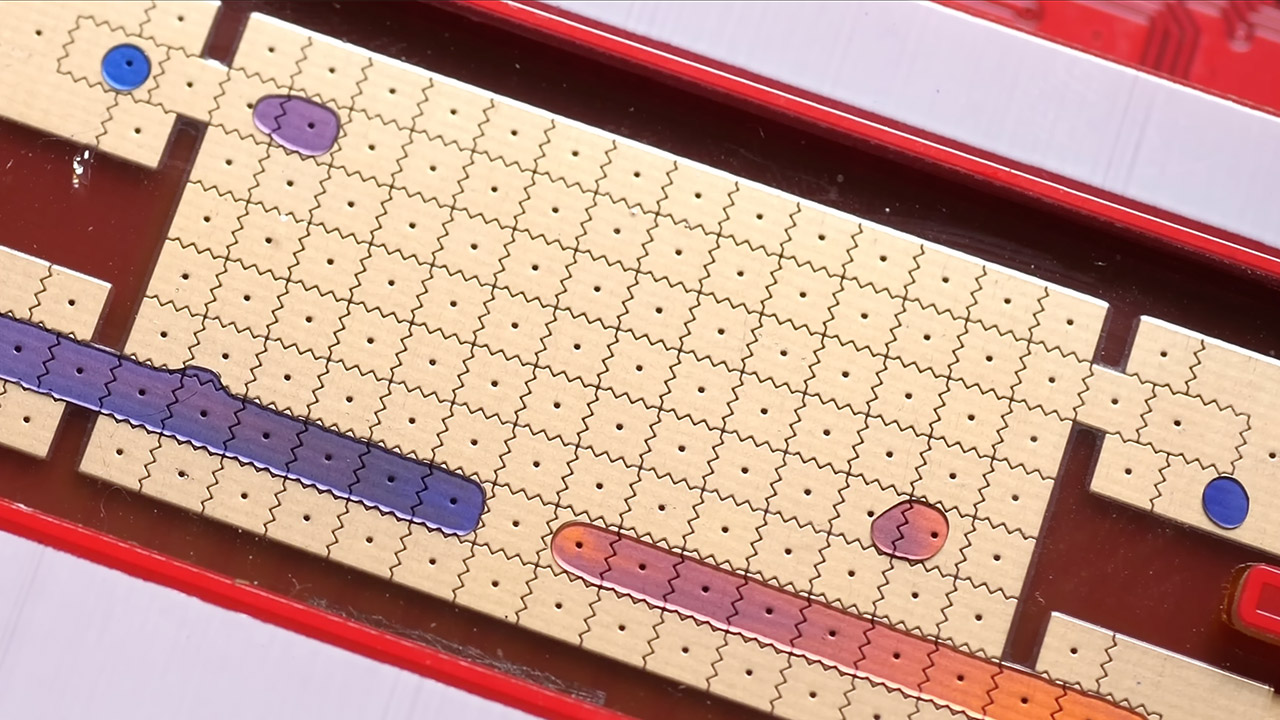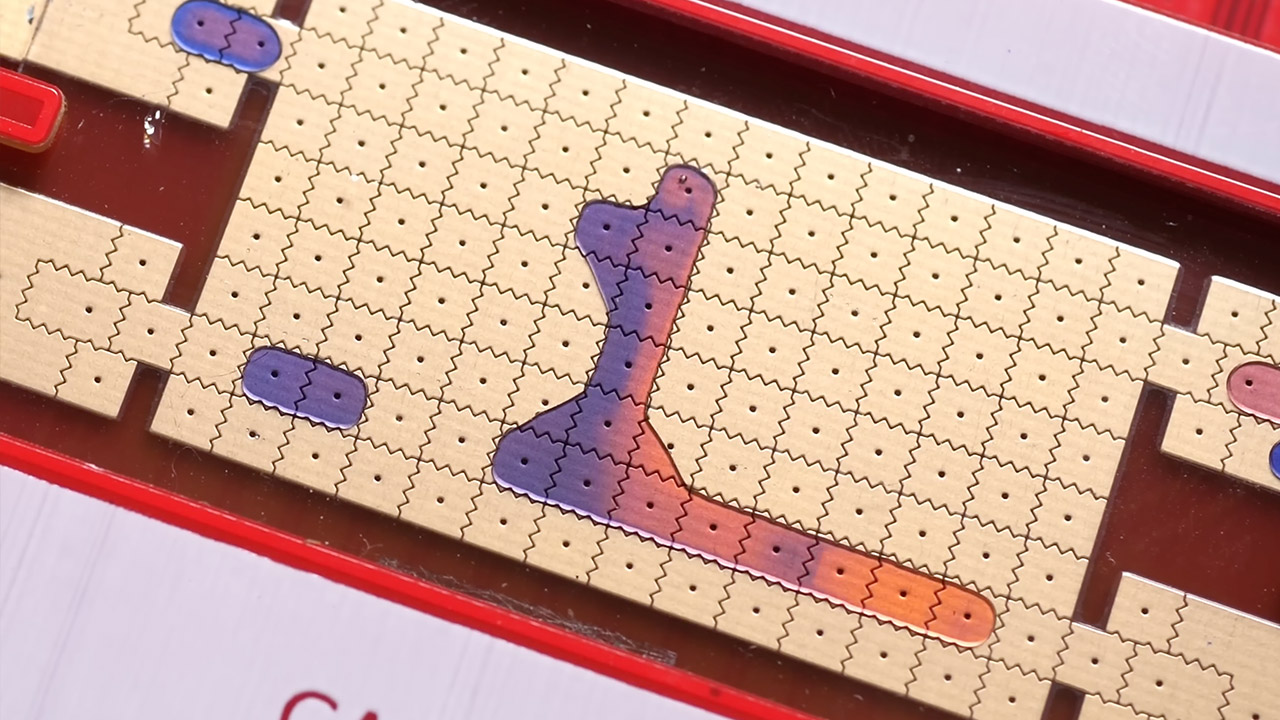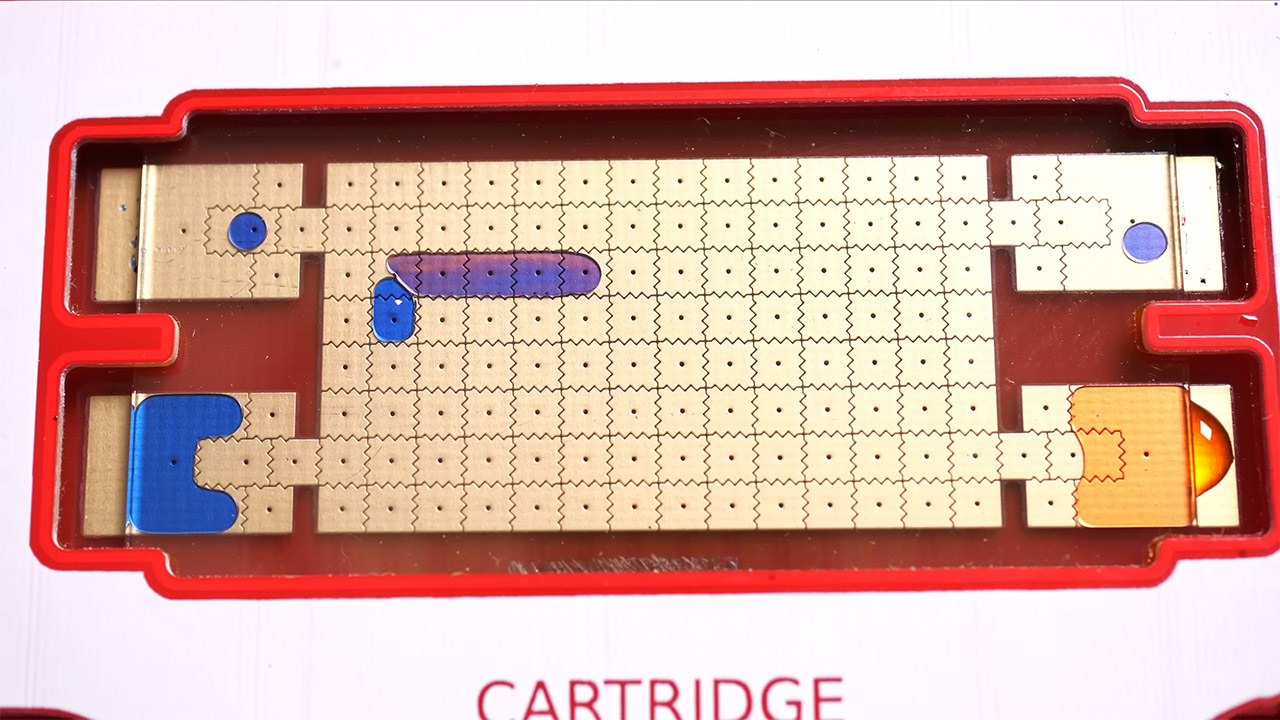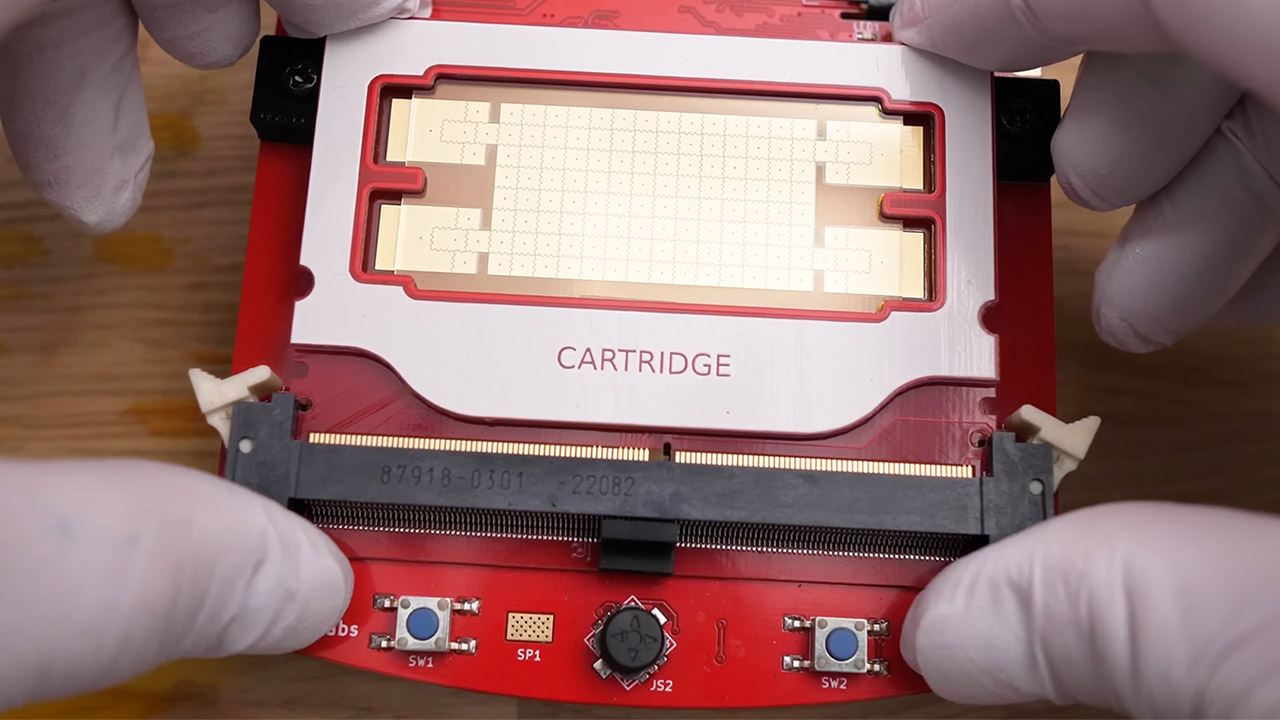
In a Swiss lab, a biology experiment gadget has been repurposed into a gaming console. Meet the OpenDrop, a digital microfluidics platform that shuffles water droplets across an electrode grid to play Snake, Pac-Man and Frogger. This isn’t your old Nokia phone – it’s a €1,000 machine that turns water into pixels, dreamed up by science communicator Steve Mould and the OpenDrop’s inventor.
Digital microfluidics is all about steering tiny water droplets with electric fields. The OpenDrop’s surface is an 8×14 electrode grid, each spot coated with a dielectric layer to keep the water in check. By tweaking voltages, the system nudges polarized droplets from one electrode to another, creating a liquid display that doubles as a game board. Mould saw past its lab roots and, with the creator’s help and a boost from Copilot’s coding, turned it into a playground where droplets become characters, chasing targets or dodging obstacles.
Sale

Motorola Moto G Stylus 5G | 2024 | Unlocked | Made for US 8/256GB | 50MP Camera | Caramel Latte
- NEW built-in stylus. Jot notes, edit photos, sketch artwork, and navigate effortlessly with an improved stylus and updated software.
- 6.7″ pOLED display and Dolby Atmos. Experience cinema-quality entertainment with over a billion shades of color and multidimensional sound*.
- 50MP Ultra Pixel camera + OIS. Capture sharper low-light photos and smoother videos with an unshakable camera system featuring Optical Image…

Snake on the OpenDrop is a slimmed down version of the classic. A single droplet is the snake, gliding across the grid as you steer it towards “food” – other droplets placed just so. Each grab makes the snake grow, but here’s the twist: water conservation means the droplet gets bigger, not longer, making it harder to control. The 8×14 grid keeps things tight, but the real challenge is the physics – water sloshes, splits or merges, adding chaos with every move.

Pac-Man was tougher to crack. The droplet playing Pac-Man swells as it eats “ghosts”, getting clunky and prone to breaking apart. Mould and his partner scaled the game down to fit the grid’s limits but the liquid’s wild nature adds an extra layer of mayhem. Frogger got a stripped down version too, with droplets hopping across the grid to avoid dangers.

These games aren’t just fun to watch – they show off some serious skills, proving a high-tech lab tool can moonlight as a retro gaming rig.Building the OpenDrop wasn’t easy. Shipped from Switzerland it costs as much as a top-of-the-line laptop. The grid requires precision engineering to get the dielectric coating and electrodes to play nice.

Coding the games took some serious brainpower, wrestling with water’s unpredictable flow – droplets don’t always behave or go where you want. But the result is a beautiful mix of science and fun, where every game feels like a mini experiment. The open-source setup invites you to get in and tinker, maybe create new games or uses.
[Source]